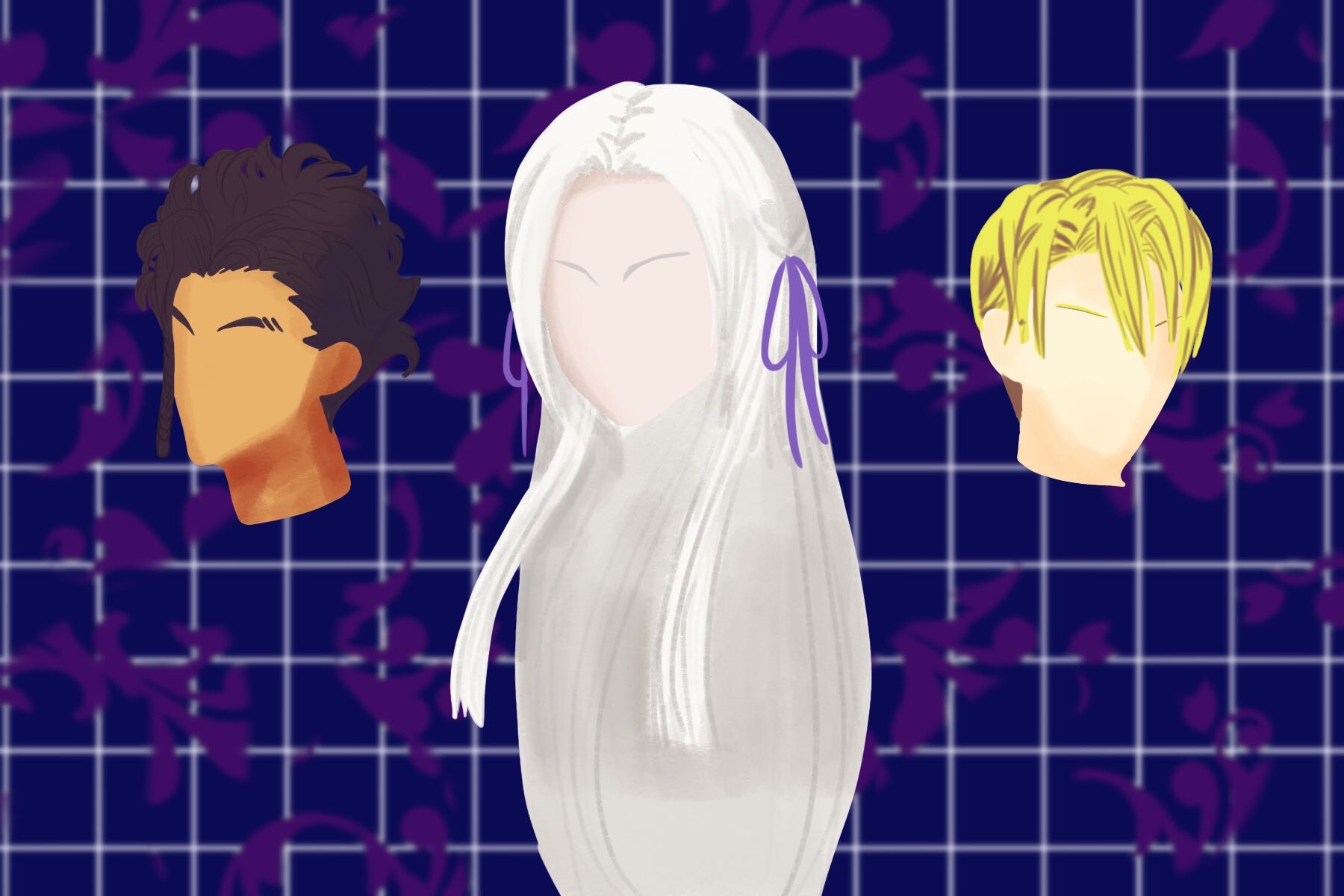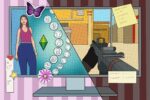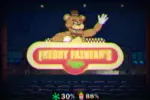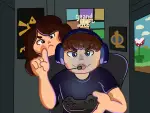“Fire Emblem” is a peculiar series for game lovers in the West. Most avid American gamers never heard of “Fire Emblem” until characters Marth and Roy were introduced as playable brawlers in Nintendo’s popular fighting game, “Super Smash Bros. Melee.” In fact, the series was going to end with the 12th installment, “Fire Emblem: Awakening,” until the game managed to sell over 2 million units (of which most sales hailed from North America).
With the release of “Fire Emblem: Three Houses” this summer, Nintendo solidified the series as a worthy IP to pursue.
In “Three Houses,” players take the role of a young teacher at a school for officers: young nobles or commoners looking to excel in combat and war strategies. There are three kingdoms who send their students to this school, and ironically they’ve all sorted themselves into three different Greek life-ish houses. You decide which house you will teach and train, leading to a series of mysterious events.
“Three Houses” feels like what the previous installment of the series, “Fates,” tried to do with choice-based gameplay, only it leaps ahead in terms of quality. The decisions players make in “Three Houses” have consequences, such as the group of students the player chooses to teach determines who will stay with the player the entire game.
Players can even recruit students from other classes, potentially saving them from a grim fate later on in the game.
The story is also very raw and tells the many sides of war. While one character might approve of the player’s actions, others will show disdain or neutrality. There are no “right” decisions in “Three Houses,” which is what makes the game so good.
In “Three Houses,” there is no inherent good or bad side to the war that eventually befalls the continent. Each country has valid reasons for entering the conflict, and the decision is up to the player who to follow into battle.
What makes “Three Houses” stand out in the “Fire Emblem” series is its characters. Detailed and fleshed out, no two characters look the same or share similar stories. Everyone is unique and interesting, especially the three leaders of each class.
Edelgard, Dimitri and Claude are the leaders of the three classes players can teach, and are all heirs to the throne of their kingdoms. The three of them form a rivalry like no other, extending far past high school quarrels into the adult world of war.
Each leader has their own unique story arc, such as a descent into madness while simultaneously recovering from trauma.
The main twist in “Three Houses” had me so shocked I dropped my controller. The halfway point of this game is insanely good and will have players glued to their screen for hours on end.
Multiple character interactions are like this; from surprising twists to emotional confessions, there is no shortage of feelings evoked by this game.
“Three Houses” also gets rid of the series’ triad battle system where swords defeat bows, bows defeat magic, and magic defeats swords. This is due to the game’s class system being less bound to using particular weapons and based more around combat style and abilities.
Battles feel epic in this game as the maps can be zoomed incredibly close in, or pulled back to get a bird’s eye view of the scene.
With fleshed out characters, a gripping story and improved gameplay, is there anything wrong with “Three Houses”? Sadly, the answer is yes.
While some choices are extremely hard to make and force players to question their last 30 hours of gameplay, other choices aren’t so grand (if they’re even present at all).
In support conversations (unlockable dialogue between characters who have grown closer to each other), sometimes characters will ask the player a question. Almost every time the answers presented lead to the exact same response from characters.
More than half the time there are not even choices in these conversations. Only one dialogue option will pop up, which might not even be what the player wants to say in response but is forced to because there is no other choice.
For a game with such great narrative, this is disappointingly lazy writing. Sid Meier, creator of the popular “Civilization” series, says, “Games are a series of interesting decisions.” While “Three Houses” has quite a few tough ones, the game doesn’t have a steady sequence of meaningful choices.
Another letdown for players is a lack of S supports for male same-sex relationships. S supports in “Fire Emblem” are when one character marries another. In “Three Houses,” only the player can reach an S support with another character.
“Fire Emblem” has had issues with the LGBTQ+ community before. In “Fates,” queer representation was boiled down to being drugged and taken advantage of by a woman, or being with an older masochistic man. Not a good look.
While “Three Houses” has wonderful female same-sex marriage options, the dating pool for queer men is … limited. Your options are two older married men who don’t actually “love” you in the end: They just simply stand by your side to the very end as a knight would their king. The only actual gay man in the game is a lazy, green-haired boy.
Only one queer male compared to the five queer female relationship opportunities isn’t great. Fans are hoping Nintendo’s promise of DLC will include updates to the LGBTQ+ romance options by either making existing characters available to romance by either protagonist, or adding new queer characters to the game.
“Fire Emblem” is both an old and new series. The games have been coming out for decades, sure, but the recent recognition for the series in the West has taken the series to new heights. With a higher budget, better writing and incredible graphics, here’s to hoping the series only gets better from here on out.
















